Tapo C310 Outdoor Security Wi-Fi Camera review: an affordable outdoor camera with excellent night vision
The Tapo C310 has superb long-range night vision as well as recording directly to microSD
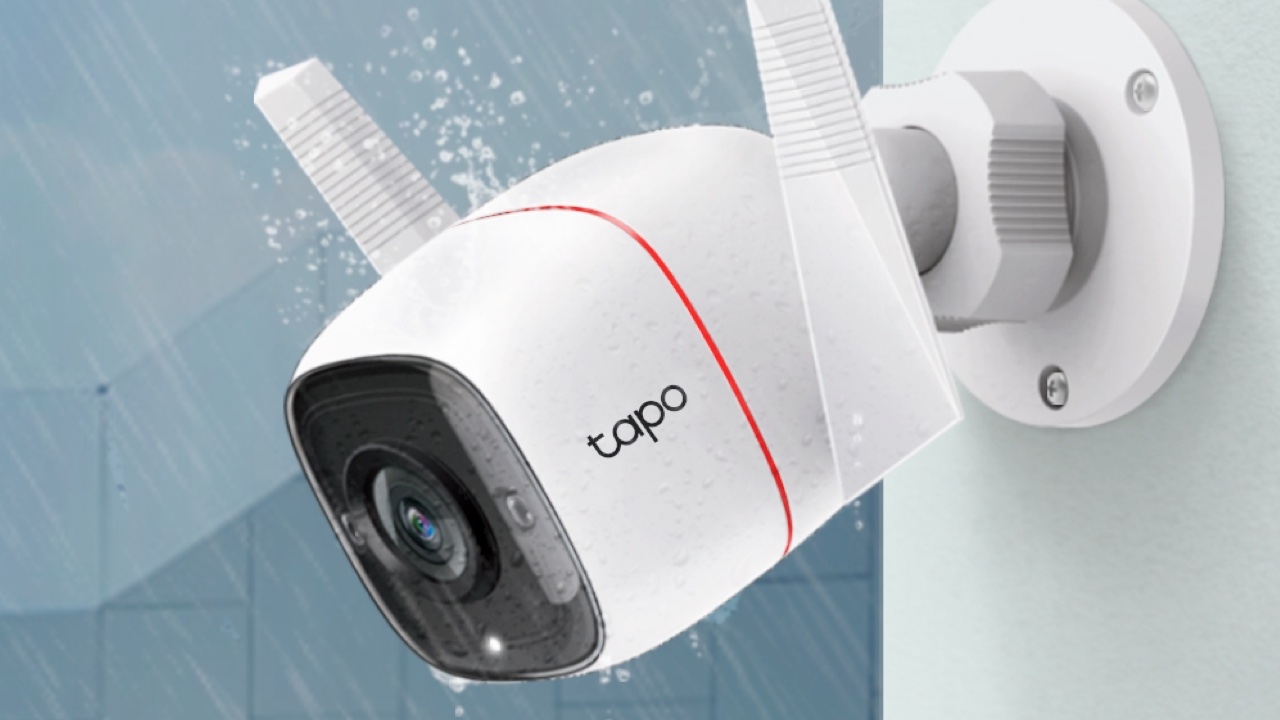
The Tapo C310 is a useful outdoor camera with superb night vision and a good quality sensor. It’s not as feature-packed as some rivals but it offers local video recording and doesn’t need a subscription.
-
+
Long range night vision
-
+
Local storage
-
+
Very affordable
-
-
Mains powered
-
-
No cloud service
-
-
App integration is basic
Why you can trust T3

Welcome to our review of the Tapo C310 Outoor Security Wi-Fi Camera. Tapo is a smart home brand from networking giant TP-Link, and the C310 is designed to deliver key features for a very low price. It’s a tough outdoor camera that works with Wi-Fi or wired connections, and it connects directly to your router without requiring a separate hub.
But, the important question is, does the Tapo C310 fulfil your needs? That's what this review is designed to make clear. Should you buy the Tapo C310 in 2022?
This isn't a totally wireless security camera like the Arlo Essential Spotlight Camera, because it still needs a power cable. Unusually for a Wi-Fi camera, the C310 is not designed around a cloud storage subscription – something that sets it apart from most of the best security cameras and means it may work out cheaper in the long term than similarly priced rivals, though with some trade-offs.
If you want a no-frills wireless outdoor camera that connects to your Wi-Fi and doesn't cost a fortune then the C310 is definitely one of the best cheap security camera options. Let's discover why it's such a good buy.
Tapo C310 review: Price and features
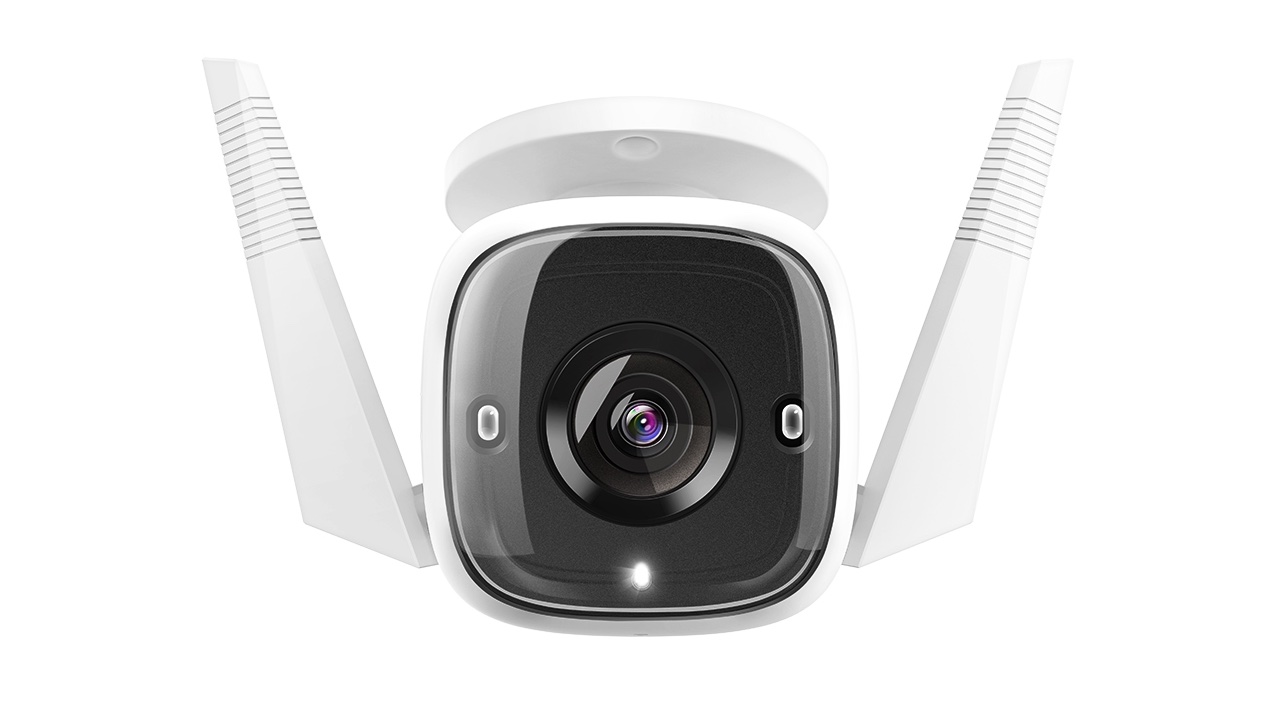
Can a security camera be cute? We think the C310 looks like a bat.
The Tapo C310 has an RRP of £49.99 in the UK although it’s often available for a lower price. TP-Link doesn’t currently list it on its US Tapo site, favouring the more premium Kasa range instead, and it isn’t currently on sale on the brand’s Australian site.
The camera delivers 3MP HD video (2304x1296 pixels) and works with wired or wireless connections and doesn’t require a separate hub. It offers local video recording via microSD cards, two-way audio and a built-in siren to warn off intruders, and it has impressively far-sighted night vision. It’s rated IP66 for weatherproofing and it works with Google and Alexa.
The C310 looks very like other similarly priced cameras with two exceptions: the large antennas on either side. Depending on your point of view they make it resemble a bat or a guardian angel, but they’re there to try and ensure better wireless connections.
- Don't forget the best video doorbells
- The best smart thermostats
Tapo C310 review: Setup
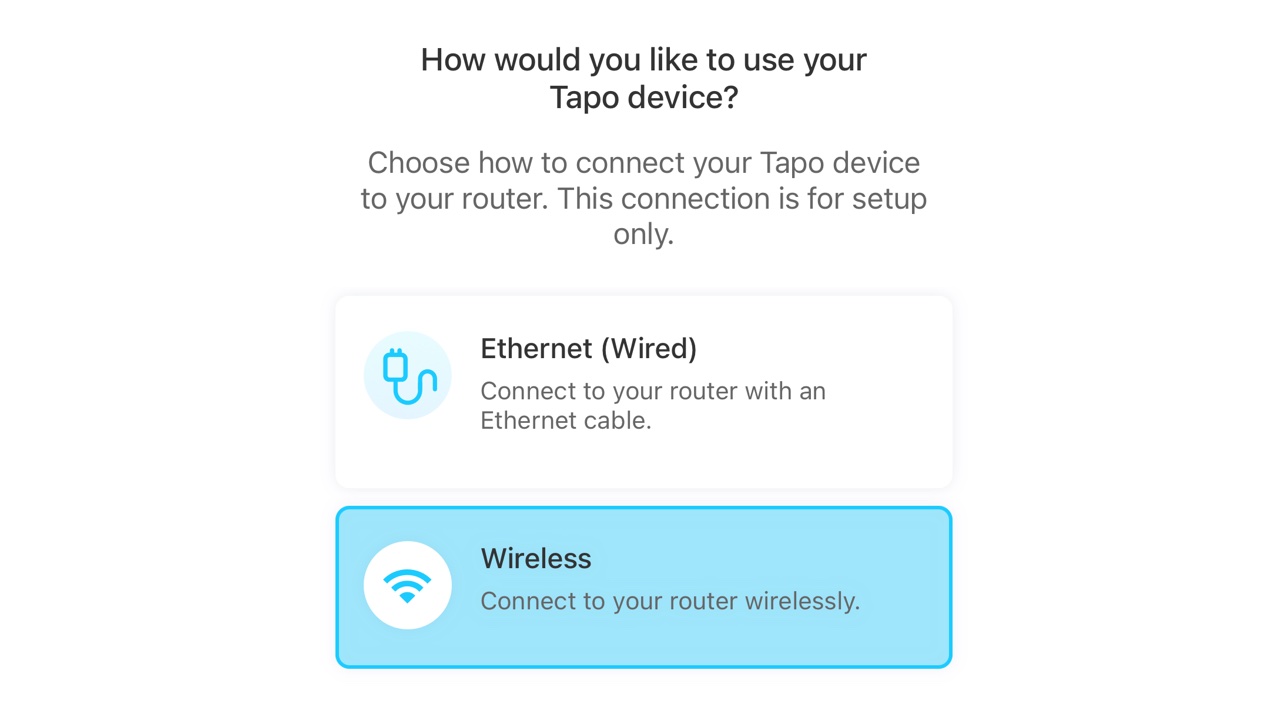
The C310 is a wi-fi camera but you can also connect it to your router with an Ethernet cable.
Although it can transmit wirelessly, the C310 isn’t completely wireless: it’s mains powered, with a 3m power cable. The package includes a waterproof seal and cable attachments as well as the obligatory screws and drilling template.
You can choose between a wired connection to your router via an Ethernet cable, or you can use Wi-Fi. We went for the latter option and found it worked very well, but our outdoors areas are fairly close to our router. For longer distances cabling may be a better bet, as Ethernet doesn’t suffer from the same rapid signal deterioration of Wi-Fi.
As we’ve come to expect from TP-Link and Tapo, setup was simple and straightforward: install the app, connect to the camera, share your Wi-Fi details and that’s it. Because this isn’t our first Tapo camera, we didn’t get a fright when a voice came out of nowhere to announce “Connecting to Wi-Fi!”, and now neither will you.
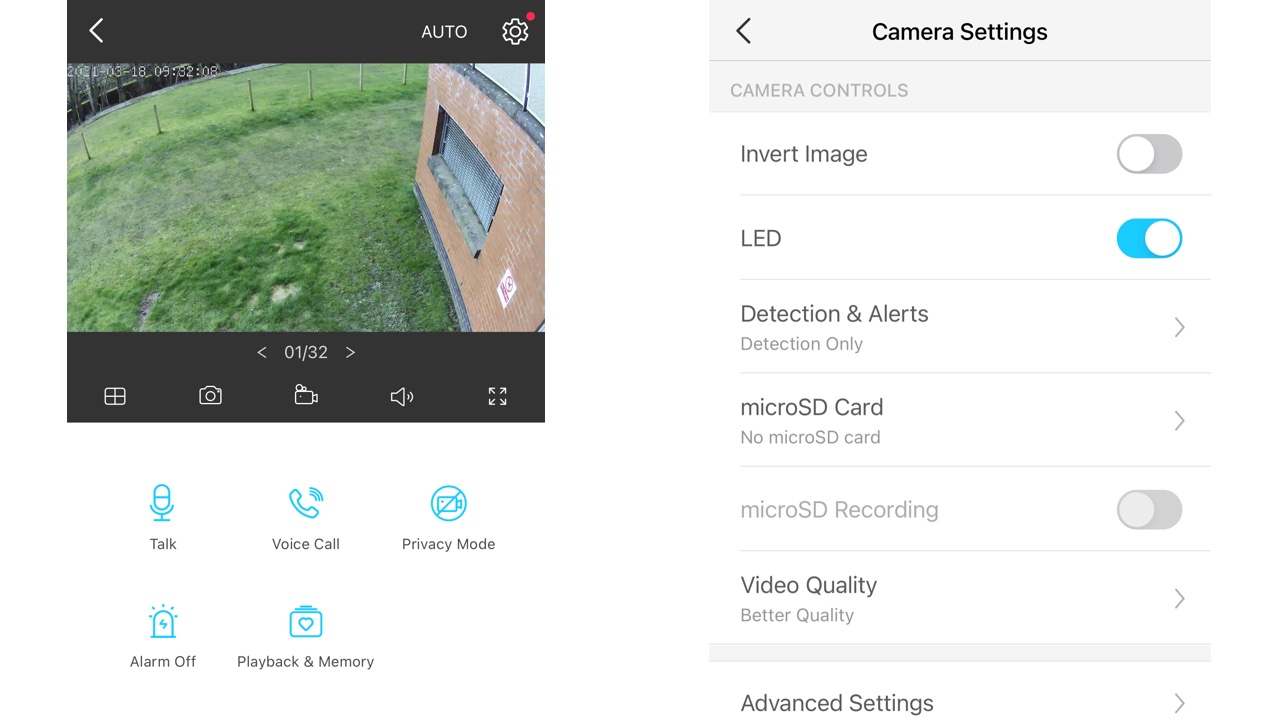
The C310 uses the same app as other Tapo cameras and smart home devices.
Tapo Home Security Wi-Fi Camera review: App and usability
The Tapo C310 uses the same mobile app as other Tapo devices, but as with other Tapo cameras you can’t use it to trigger the app’s Smart Actions – so for example being able to turn on a smart light when motion is detected isn’t an option here.
The camera gets its own settings page where you can adjust the motion detection sensitivity, invert the image, decide whether the camera should keep its LED on and specify whether it should sound an alarm, and there are also advanced settings where you can change the on-screen display and change the powerline frequency if you’re on a powerline network and experiencing flickering. Tapo’s app also features a one-tap Privacy Mode that temporarily disables video streaming and recording until you enable them again.
The app can notify you on your phone, tablet or Apple Watch, but unlike some rivals the notifications here don’t include images: they’re just links to the app where you can see the live stream.
Tapo C310 review: Image quality
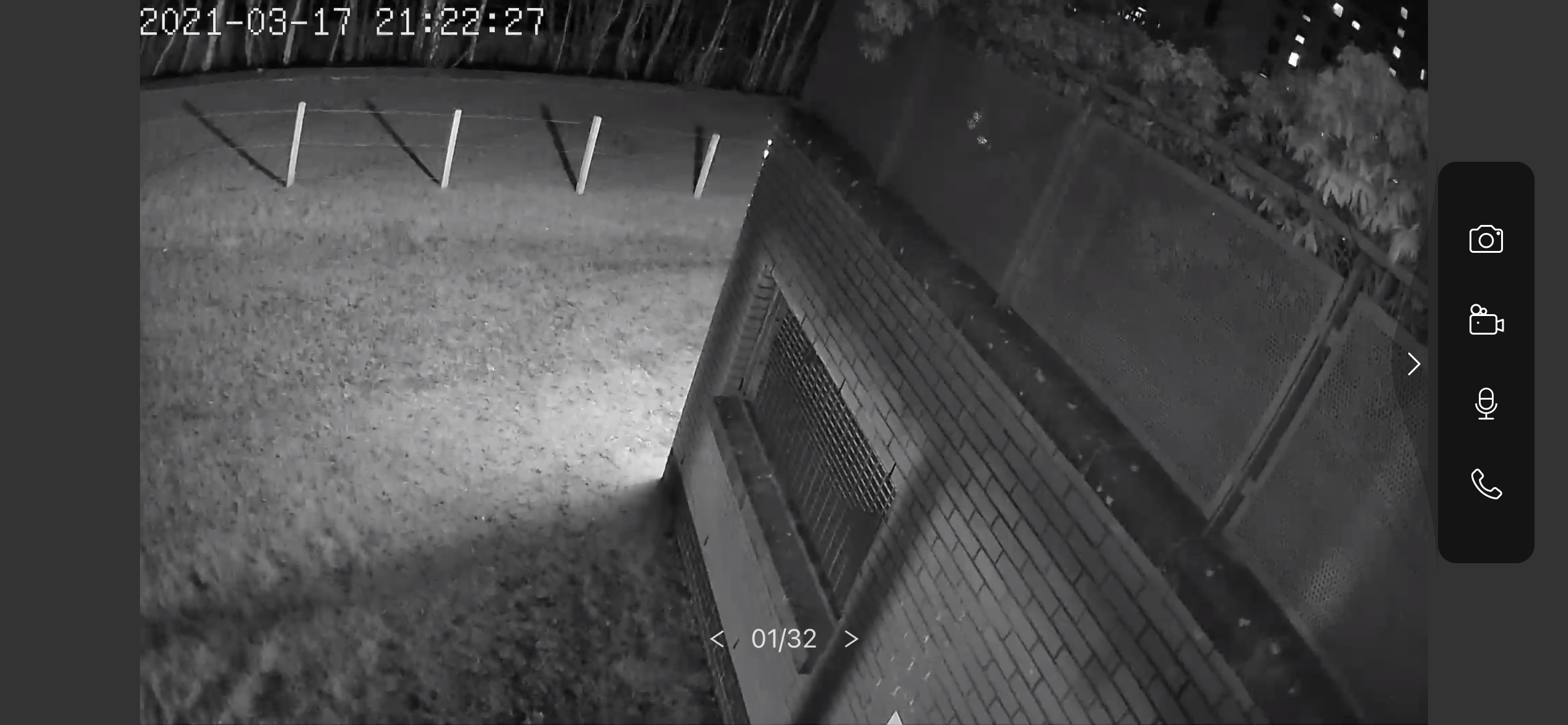
The C310's night vision has much longer range than many rivals: it works up to 30m.
The Tapo C310 camera can stream video at three different quality levels: Good Quality, which is 720p; Better Quality, which is 1080P HD; and Best Quality, which is 3MP HD. The better the quality level, the more you need a good quality internet connection. The camera also offers local recording via microSD and supports cards from 8GB to 128GB. We mentioned that there's no cloud recording – this may be a bonus for the more privacy conscious, but the downside is that it means there's no off-site backup for recordings should something happen to the camera and its microSD card.
We were very impressed with the camera’s night vision. It doesn’t offer colour like some rival cameras but the image quality is extremely crisp and delivered a very clear picture of a fairly badly-lit area. The range here is much longer than for some rivals: they tend to have a range of about 5-10m, but the Tapo C310’s night vision can see up to 30m (98 feet).
Tapo C310 review: Verdict

The Tapo lacks some of the attention-grabbing features of some rivals, such as face detection or package detection, but it makes up for that with superb night vision, higher resolution video and local video recording without the need for additional hardware (other than a microSD card) or a subscription. It’s also considerably cheaper, coming it at half the price of even its most keenly priced rivals. You could cover the entire outside of your home or the area around a garden office with C310s for the same as you’d pay for a single battery powered Wi-Fi camera from some rivals.
The key rival here for most potential purchasers is likely to be the Amazon-owned Blink Outdoor, which is a wireless, water-resistant and battery powered Wi-Fi camera that doesn’t require any drilling or mains power. That’s currently £99, but if you want local storage you’ll need to buy an additional adapter; Blink’s cloud storage is subscription-based. The image resolution is lower for the Blink and its night vision is less impressive too, reaching to around 6m compared to the Tapo’s 30m.
We’re very impressed by the Tapo cameras. They’re not the most feature-packed cameras on the market but they focus – pun intended – on the essentials, and what they do they do very well.
Sign up to the T3 newsletter for smarter living straight to your inbox
Get all the latest news, reviews, deals and buying guides on gorgeous tech, home and active products from the T3 experts
Writer, musician and broadcaster Carrie Marshall has been covering technology since 1998 and is particularly interested in how tech can help us live our best lives. Her CV is a who’s who of magazines, newspapers, websites and radio programmes ranging from T3, Techradar and MacFormat to the BBC, Sunday Post and People’s Friend. Carrie has written more than a dozen books, ghost-wrote two more and co-wrote seven more books and a Radio 2 documentary series; her memoir, Carrie Kills A Man, was shortlisted for the British Book Awards. When she’s not scribbling, Carrie is the singer in Glaswegian rock band Unquiet Mind (unquietmindmusic).
-
 A new age of humanity wins the Sony World Photography Awards 2025
A new age of humanity wins the Sony World Photography Awards 2025Zed Nelson's Anthropocene Illusion highlights the influence of humans on the environment and the artificial spaces left for wildlife in a powerful set of images to win this year's SWPA Photographer of the Year
By Mat Gallagher Published
-
 How to watch Mario Kart World Direct – everything you need to know about the Switch 2 launch game
How to watch Mario Kart World Direct – everything you need to know about the Switch 2 launch gameNintendo will host a new Nintendo Direct presentation this week, here's how to watch it live and what to expect
By Rik Henderson Published
-
 Google delivers bad news for budget Android phones
Google delivers bad news for budget Android phonesCheaper Android phones might need to change to meet new Google rules
By Chris Hall Published